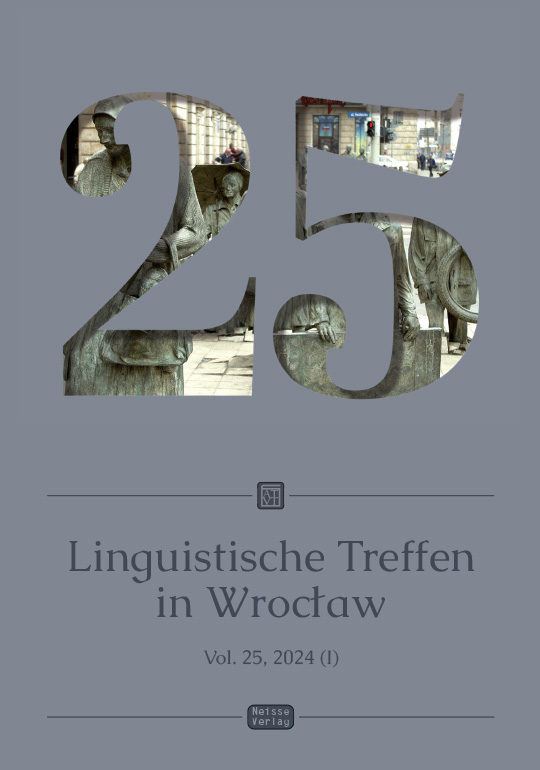Gibt es die Fachsprache? Oder: Wie kommt es zur Fachsprachlichkeit?
Does Special Language Exist? Or: How does Special Linguistic Stylisation Come About?
Author(s): Norbert Richard WolfSubject(s): Language studies, Language and Literature Studies, Applied Linguistics
Published by: Oficyna Wydawnicza ATUT – Wrocławskie Wydawnictwo Oświatowe
Keywords: special language; special linguistic character; language and image; inductive method
Summary/Abstract: The aim of the present analyses is to prove that ‘special language’ does not exist as an independent variety (of German), but instead texts of the most diverse kinds can be characterized by some specialized linguistic expressions and means. Two books are analyzed, which both deal with the construction of Gothic cathedrals, namely a children’s book about the construction of the fictitious cathedral of Chutreaux and a large illustrated book published on the occasion of the 1000th anniversary of Strasbourg Cathedral and the completion of the restoration work. Both books use a narrative approach, they tell in chronological order how the respective church was built. Within the narrative parts, both books also contain descriptive passages in order to explain certain facts and/or components. Both books use the specialized architectural terminology, and the cooperation of language and image plays an essential role in both of them. The examination of the two books does not start from abstract concepts or theories, it does not concern itself whether ‘special language’ can be defined in terms of speech act theory and referential semantics. The analysis chooses the two books because of the common field of knowledge (= Fach) and the illocution ‘information about a field of knowledge’. In a discursive analysis, i.e. in an analysis that goes along the text, the relevant phenomena are found and analyzed in connection with the description of the context. This inductive approach makes it possible to discover new phenomena and new functions.
Journal: Linguistische Treffen in Wrocław
- Issue Year: 25/2024
- Issue No: 1
- Page Range: 319-339
- Page Count: 21
- Language: German

